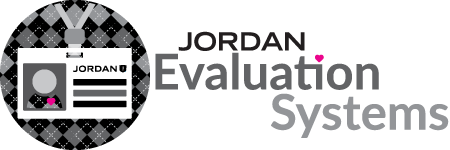Delivering Instruction
Presenting Instruction
Indicator 25 - Goals, Objectives and Expectations UETS 2e., 4a., 4b., 6b.
Effective teachers explicitly state the goals, objectives and learning expectations of a lesson and relate them to the learning activity. Goals, objectives, and learning expectations should be based on the core standards for the course. Letting students know what they will be learning and doing in class will keep them more engaged during the lesson. Having a clearly visible agenda (e.g., on the board) will also help the teacher and students stay on track. Focus on one thought, point or direction at a time.
IDEAS/SUGGESTIONS:
- When you write long- or short-term goals, be sure to include a daily objective that you want students to achieve, including what you expect students to be able to do, and how long you think it should take students to reach that achievement.
- Goal: When we complete this week's vocabulary unit, you will have ten new words to add to your personal dictionary.
- Objective: Today we will learn how to break words into parts (prefix, root and suffix) to identify their individual meanings.
- Expectation: By the end of this week, you will identify the meanings of new words by demonstrating competency of 80 percent or higher on a quiz and homework materials. To help you accomplish this, we will review the first five to seven minutes of each class.
- There are very clear and precise relationships among goals (where you want to go), instructional objectives (what to do and how to get there), and expectations (how to know when you have arrived).
- Once you have reviewed and selected them, organize your instructional objectives into units or lessons according to a scope and sequence.
- Select goals and objectives from the core curriculum.
- Use a “backwards design” model to plan lessons.
- Write the daily objective and supporting activities on the board and refer to it throughout the lesson.
- Match instructional resources and teaching activities to objectives and record this information in your lesson plan.
After you have taught your lesson, you can review and modify your activities to help students reach your predetermined expectations. Plan intervention/remediation strategies for students who do not meet the expectations. Remember that we want all students to succeed.
